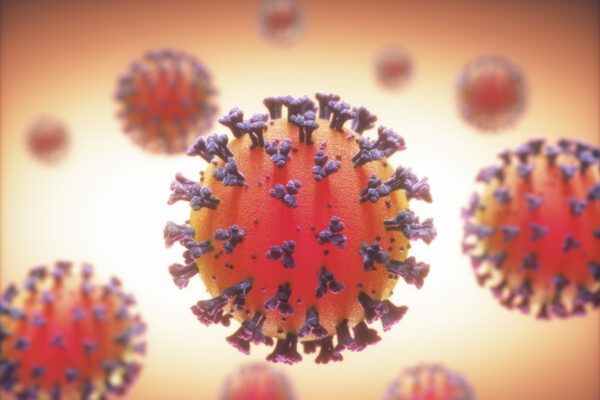A great deal of xenophobia has spread alongside COVID-19, at times inspired by our own public officials. Despite explicit instruction from the World Health Organization to avoid naming infectious diseases after geographic locations, President Donald Trump recently referred to COVID-19 as the “Chinese Virus.” In Texas, Sen. John Cornyn vehemently attributed the spread of the virus to a culture that “eats bats and snakes and dogs.”
These remarks are divisive and distract us from more productive ways of protecting global public health amid a rise in urbanization in the developing world.
Research has shown that the emergence of infectious diseases is strongly associated with increased human population density, or the number of people per square mile of land area. For example, the world’s urban population has increased almost 30 percentage points since the 1950s. During that time, more than 300 new infectious diseases emerged.
It was only a matter of time before a virus surfaced in a city like Wuhan, where more than 11 million people live within a density more than 20 times China’s national average. Wuhan’s biggest challenge in recent years has been “sheer population size.”
Between 1990 and 2013, the city underwent massive urban sprawl, swelling deep into nearby rural landscapes. The rise of industrial farming eventually pushed small-scale farmers into surrounding forested areas, increasing the risk of animal-to-human transmission. Struggling to compete with an industrialized livestock industry, some farmers turned to alternative forms of production — such as wild species — in order to earn wages at local wet markets.
Some experts speculate that these wet markets are responsible for the emergence of COVID-19. The acting head of the United Nations Convention on Biological Diversity called for the global prohibition of these markets in an effort to prevent another pandemic.
Wet markets do require more regulation, but there are several potential consequences to eliminating them, including depleted food consumption, an impact on child nutrition, and the explosion of black market industries. But it is also important to note that wet markets are not the sole speculative target for disease emergence.
What is more consequential are slum developments. Approximately 32% of the world’s urban population reside in slums, which tend to lack adequate housing, water sources and sanitation facilities. Infectious diseases such as cholera have already been shown to be more widespread in the slums of West Africa. In Brazil, 95% of infectious diseases in the country’s third-largest city of Salvador derive from slum communities. Due to rapid urbanization in the developing world, it is estimated that approximately 2 billion of the world’s population will live in slums by 2030.
It is evident then that more must be done to improve public health measures in developing nations that are undergoing rapid urbanization if we want to protect global health more broadly. Rather than using language that blames and divides, our leaders must make a commitment to public health and global collaboration, starting with funding.
Global health funding has remained stagnant since 2010, and the current proposed funding for 2021 is the lowest level since 2008. The Trump administration has proposed a 16% cut to the the Centers for Disease Control and Prevention and a 40% cut to U.S. contributions to the World Health Organization. Investing in global health can improve urban health in developing countries by providing monies for infrastructure and sanitation, which are essential to the prevention of disease.
The U.S. must also reinstate the National Security Council’s global health security unit that was disbanded by Trump in 2018. It will be critical in the worldwide fight against emerging diseases. This unit helps in tracking the occurrence of disease and potential bioterrorism that could threaten global health.
Today, more than 4.2 billion people reside in urban settlements compared with 3.4 billion in rural areas. By 2050, that urban population number will reach 6.7 billion, with the majority living in Africa (22%) and Asia (52%). As cities across the world become more densely populated, we are likely to see an increase in infectious diseases.
The next pandemic is inevitable. It’s not a matter of if, but where. Calling it the Chinese virus or Wuhan virus distracts us from preparing.
Ricardo Lowe, Jr. is a research associate in the Institute for Urban Policy Research and Analysis at The University of Texas at Austin and a doctoral student in applied demography at The University of Texas at San Antonio.
Tracie Lowe is a postdoctoral fellow in the Institute for Urban Policy Research and Analysis at The University of Texas at Austin. She is also a Public Voices fellow of The OpEd Project.
A version of this op-ed appeared in the San Antonio Express News, Austin American Statesman, Abilene Reporter News, and MSN.




